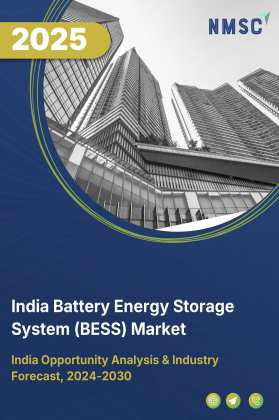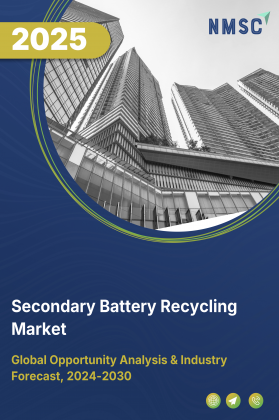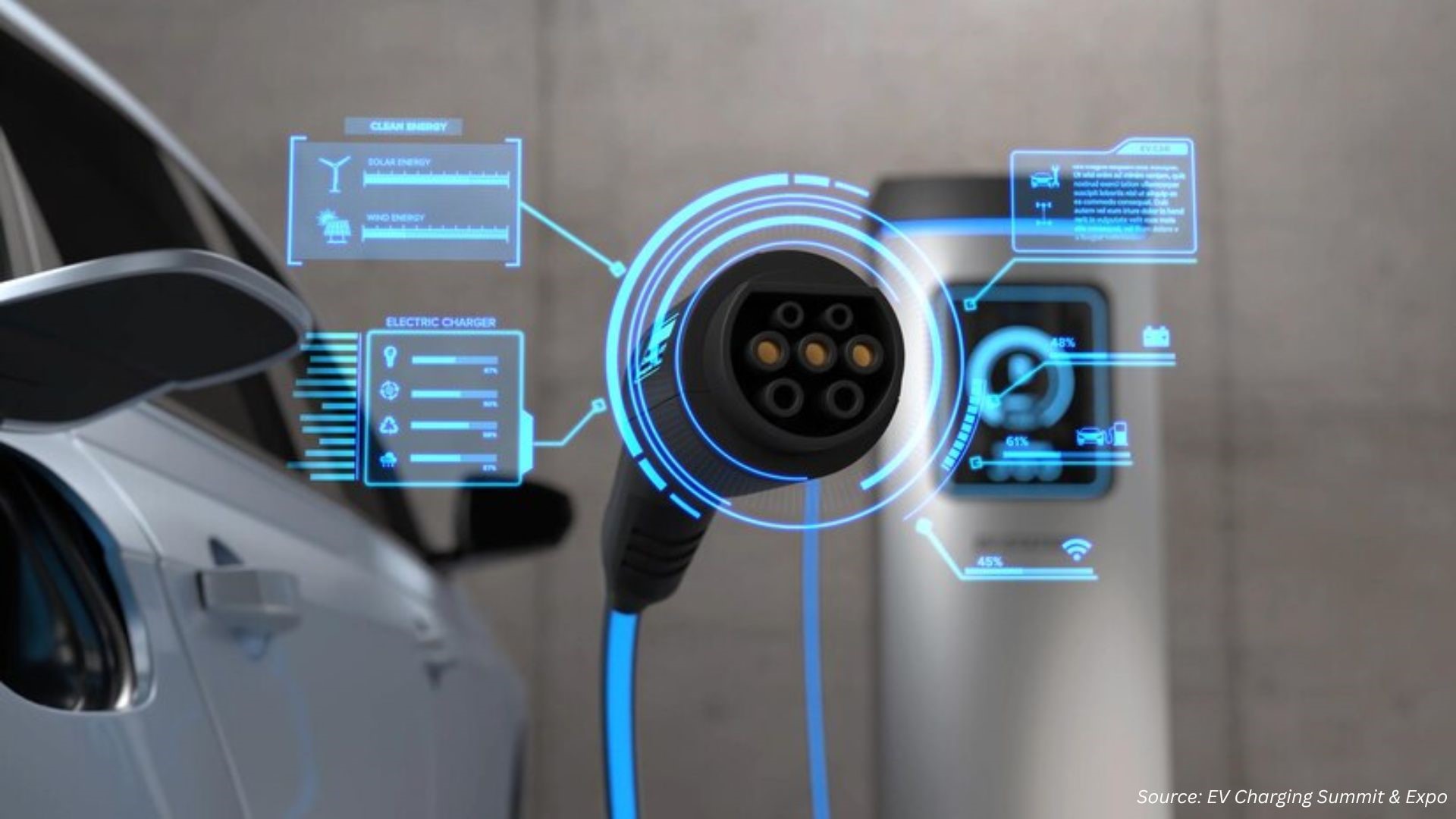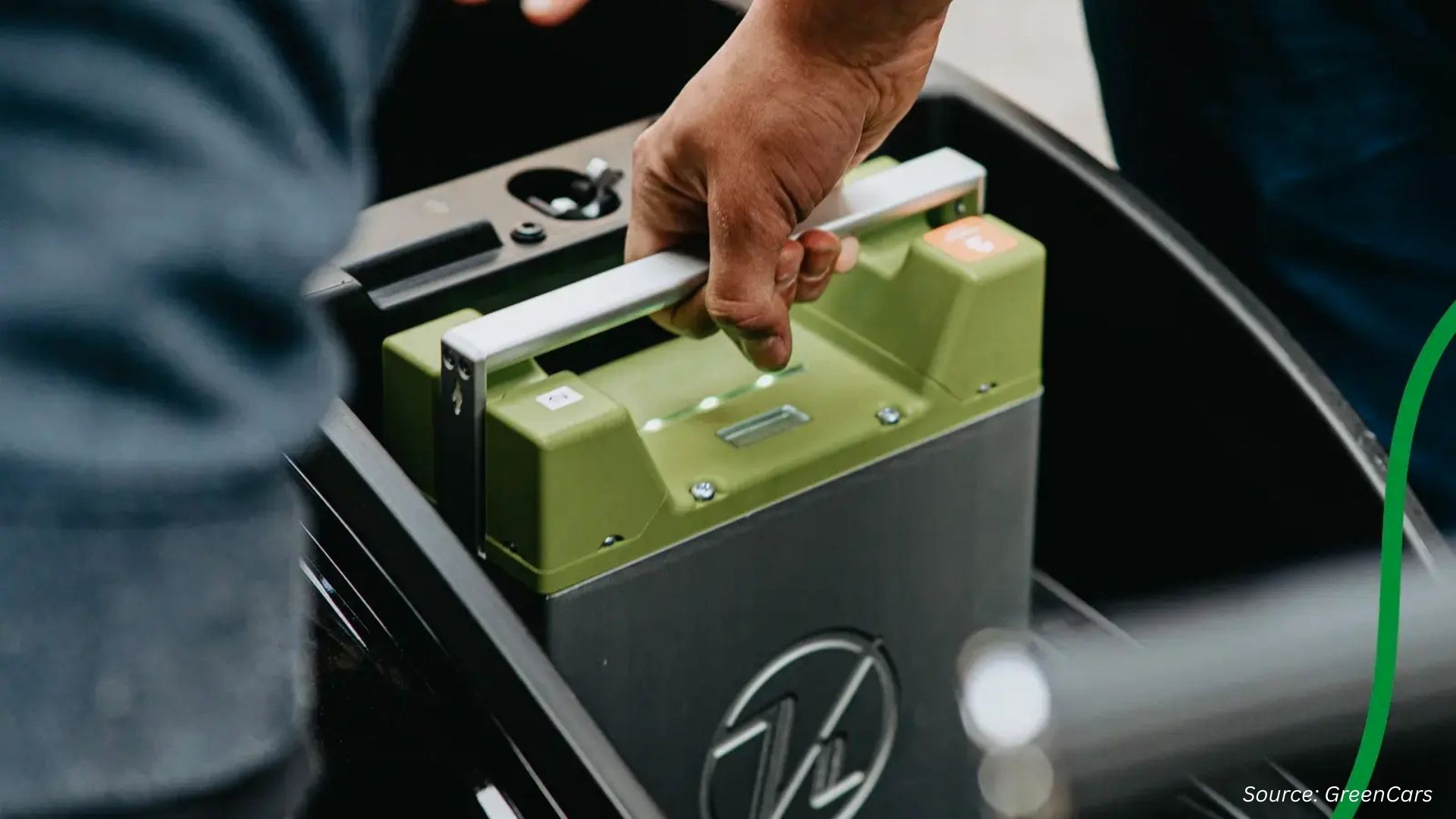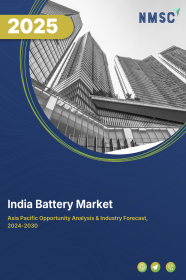
India Battery Market by Type (Stationary, and Motive), By Battery Type (Primary Batteries, and Secondary Batteries), by Voltage Type (Low Voltage Batteries, Medium Voltage Batteries, and High Voltage Batteries), by Power Capacity (Low Capacity Batteries, Medium Capacity Batteries, High Capacity Batteries, and Ultra High Capacity Batteries), by Self-Discharge Rate (Low Self-Discharge Rate Batteries, and Others) and Others – Opportunity Analysis and Industry Forecast 2023-2030
Industry: Energy & Power | Publish Date: 09-Sep-2025 | No of Pages: 152 | No. of Tables: 198 | No. of Figures: 123 | Format: PDF | Report Code : EP711
Market Definition
India Battery Market was valued at USD 6.31 billion in 2022, and is predicted to reach USD 20.04 billion by 2030, with a CAGR of 15.5% from 2023 to 2030.
A battery operates as a mechanism that stores energy and later releases it by transforming chemical energy into electrical energy. Typically, batteries produce electricity by harnessing one or more electrochemical cells. Batteries can be categorized into two distinct types such as primary batteries and secondary batteries. Primary batteries, also known as non-rechargeable batteries, offer a straightforward and convenient energy supply for various portable electronic and electrical devices, including cameras, watches, toys, lights, radios, and more. In contrast, secondary batteries, often referred to as rechargeable batteries, possess the capability to be recharged electrically once they've been depleted. These energy storage solutions have evolved into indispensable sources of power in our daily routines.
The progress of cutting-edge technologies, encompassing smartphones, tablets, laptops, solar energy systems, and electric vehicles (EVs), has ushered in the era of robust batteries capable of prolonged endurance and providing essential energy requirements.
Government-Driven Push for Renewable Integration and Battery Storage Infrastructure
India is undergoing a transformative shift in its energy landscape, with a strategic focus on integrating renewable energy sources such as solar and wind into its power grid. As these sources are inherently intermittent, the need for reliable and flexible Battery Energy Storage Systems (BESS) has become increasingly critical. The Indian government, through initiatives like the National Energy Storage Mission and PLI Scheme for Advanced Chemistry Cells (ACC), is actively incentivizing the development and deployment of energy storage infrastructure. These efforts are supported by policy frameworks aimed at grid modernization, peak load management, and reducing dependency on fossil fuels, establishing batteries as key enablers of India's clean energy ambitions.
Technological Innovations Driving Diversification of Applications
India's battery industry is benefitting from rapid advancements in battery design, chemistry, and thermal management systems. Innovations such as solid-state batteries, lithium-sulfur cells, and graphene-enhanced technologies are improving battery safety, charging speed, and lifecycle. These improvements are expanding battery applications beyond traditional use cases like electric vehicles and smartphones to include renewable energy backup, industrial power management, telecom towers, agricultural tools, and residential energy solutions. As costs continue to decline and performance improves, batteries are becoming more accessible across sectors, boosting adoption at scale.
Environmental Hazards and Safety Challenges from Poor Battery Lifecycle Management
India’s rapidly growing battery market faces a significant challenge due to inadequate infrastructure for recycling, disposal, and end-of-life management. Improper handling and dumping of used batteries—especially those containing hazardous materials like lead, cadmium, and lithium—pose serious risks to both the environment and public health. These toxic elements can contaminate soil and groundwater, leading to long-term ecological damage and health hazards. The absence of standardized collection mechanisms and low awareness among consumers and small-scale industries further aggravates the issue. Additionally, the risks associated with thermal runaway, fire hazards, and accidental explosions—particularly during storage and transportation—underscore the urgent need for comprehensive safety regulations, structured training programs, and stricter enforcement of battery waste management rules. Addressing these challenges is essential to ensure the sustainable and safe growth of India’s battery ecosystem.
Rise of Advanced Battery Technologies like Sodium-Ion and Metal-Air Batteries
India stands on the cusp of a major technological breakthrough with the emergence of next-generation battery technologies such as sodium-ion, zinc-air, and aluminum-ion batteries. These alternatives to conventional lithium-ion batteries offer the promise of lower material costs, better thermal stability, and enhanced environmental friendliness. Start-ups and R&D institutions across India are exploring these solutions to overcome the limitations of existing chemistries and reduce import dependency. With applications ranging from grid storage and rural electrification to public transport electrification, these innovations hold the potential to redefine India’s energy storage landscape and boost the country’s standing in the global battery value chain.
Competitive Landscape
The India battery industry includes several market players such as Exide Industries Ltd, Amara Raja Batteries Ltd. (Amaron), HBL Power Systems Ltd, Luminous Power Technologies Pvt. Ltd, Okaya Power Pvt. Ltd, Livguard Energy Technologies Pvt. Ltd, Panasonic Energy India Co. Ltd, Eveready Industries India Ltd, Duracell & Energizer, BYD India Private Ltd, Leoch International Technology Ltd, V-Guard Industries Ltd, SF Sonic (SF Prime Group), VARTA AG, GS Yuasa International Ltd, IndNational Limited, Goldstar Power Ltd, High Energy Batteries (India) Ltd, Eastman Auto & Power Ltd, Waaree Energies Ltd.
India Battery Market Key Segemnts
By Type
-
Stationary
-
Motive
By Battery Type
-
Primary Batteries (Non-rechargeable)
-
Alkaline Batteries
-
Zinc-Carbon Batteries
-
Lithium-Thionyl Chloride Batteries
-
-
Secondary Batteries (Rechargeable)
-
Lead-Acid Batteries
-
Nickel-Cadmium (NiCd) Batteries
-
Nickel-Metal Hydride (NiMH) Batteries
-
Lithium-ion Batteries
-
Lithium Nickel Manganese Cobalt (LI-NMC)
-
Lithium Iron Phosphate (LFP)
-
Lithium Cobalt Oxide (LCO)
-
Lithium Titanate Oxide (LTO)
-
Lithium Manganese Oxide (LMO)
-
Lithium Nickel Cobalt Aluminum Oxide (NCA)
-
-
Other Secondary Batteries
-
By Voltage Type
-
Low Voltage Batteries (1V - 12V)
-
Medium Voltage Batteries (24V - 100V)
-
High Voltage Batteries (200V - 1000V)
By Power Capacity
-
Low Capacity Batteries (Up to 1,000 mAh)
-
Medium Capacity Batteries (1,000 mAh to 10,000 mAh)
-
High Capacity Batteries (10,000 mAh to 100,000 mAh)
-
Ultra High Capacity Batteries (More than 100,000 mAh)
By Self-Discharge Rate
-
Low Self-Discharge Rate Batteries
-
Medium Self-Discharge Rate Batteries
-
High Self-Discharge Rate Batteries
By Application
-
Residential
-
Industrial
-
Automotive
-
ICE Engines
-
Passenger vehicles
-
Commercial vehicles
-
-
Electric vehicles
-
E-Bikes
-
E-Cars
-
E-Buses
-
E-Trucks
-
-
-
Medical
-
Telecom & IT
-
Consumer Electronics
-
Power & Utility
-
Aerospace & Defense
-
Marine
-
Other Industries
-
-
Commercial
Key Market Players
-
Exide Industries Ltd.
-
Amara Raja Batteries Ltd. (Amaron)
-
HBL Power Systems Ltd.
-
Luminous Power Technologies Pvt. Ltd.
-
Okaya Power Pvt. Ltd.
-
Livguard Energy Technologies Pvt. Ltd.
-
Panasonic Energy India Co. Ltd.
-
Eveready Industries India Ltd.
-
Duracell & Energizer
-
BYD India Private Ltd.
-
Leoch International Technology Ltd.
-
V-Guard Industries Ltd.
-
SF Sonic (SF Prime Group)
-
VARTA AG
-
GS Yuasa International Ltd.
-
IndNational Limited
-
Goldstar Power Ltd.
-
High Energy Batteries (India) Ltd.
-
Eastman Auto & Power Ltd.
-
Waaree Energies Ltd.
Report Scope and Segmentation
|
Parameters |
|
|
Market Size in 2022 |
USD 6.31 billion |
|
Revenue Forecast in 2030 |
USD 20.04 billion |
|
Growth Rate |
CAGR of 15.5% from 2023 to 2030 |
|
Analysis Period |
2022–2030 |
|
Base Year Considered |
2022 |
|
Forecast Period |
2023–2030 |
|
Market Size Estimation |
Billion (USD) |
|
Growth Factors |
|
|
Companies Profiled |
20 |
|
Market Share |
Available for 10 companies |
|
Customization Scope |
Free customization (equivalent up to 80 working hours of analysts) after purchase. Addition or alteration to country, regional, and segment scope. |
|
Pricing and Purchase Options |
Avail customized purchase options to meet your exact research needs. |

















 Speak to Our Analyst
Speak to Our Analyst



